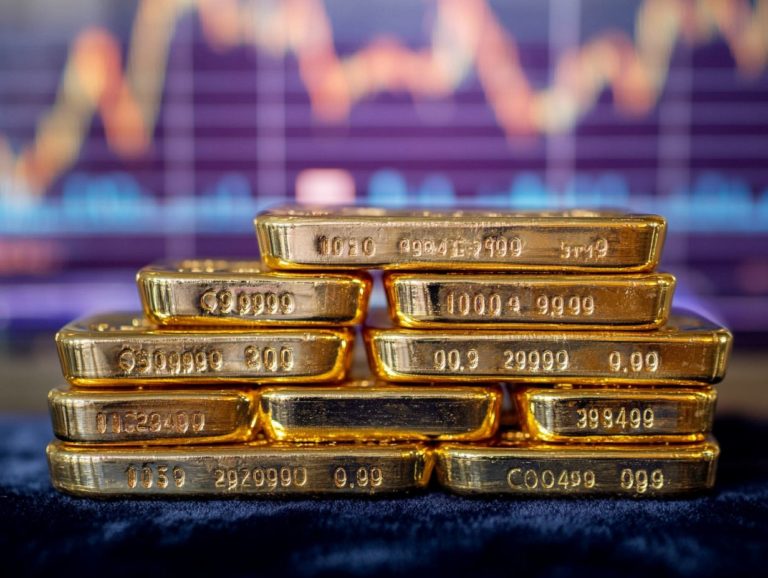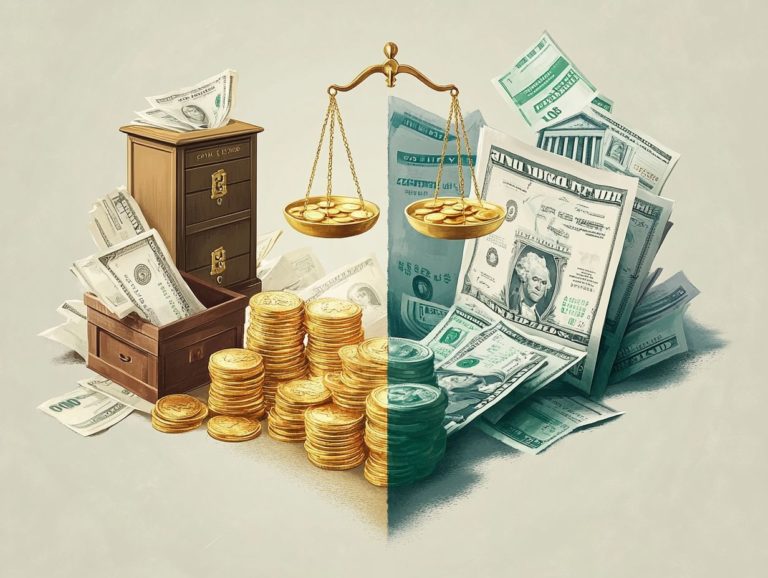5 Reasons to Dive into Physical Asset Investing
In an ever-evolving financial landscape, you find yourself seeking ways to safeguard and grow your wealth. Physical asset investing has emerged as a compelling strategy, offering unique benefits that can enhance your financial portfolio. Let s explore five exciting reasons to consider physical asset investing! Don t miss out on the opportunity to secure your financial future today!
Contents
Key Takeaways:
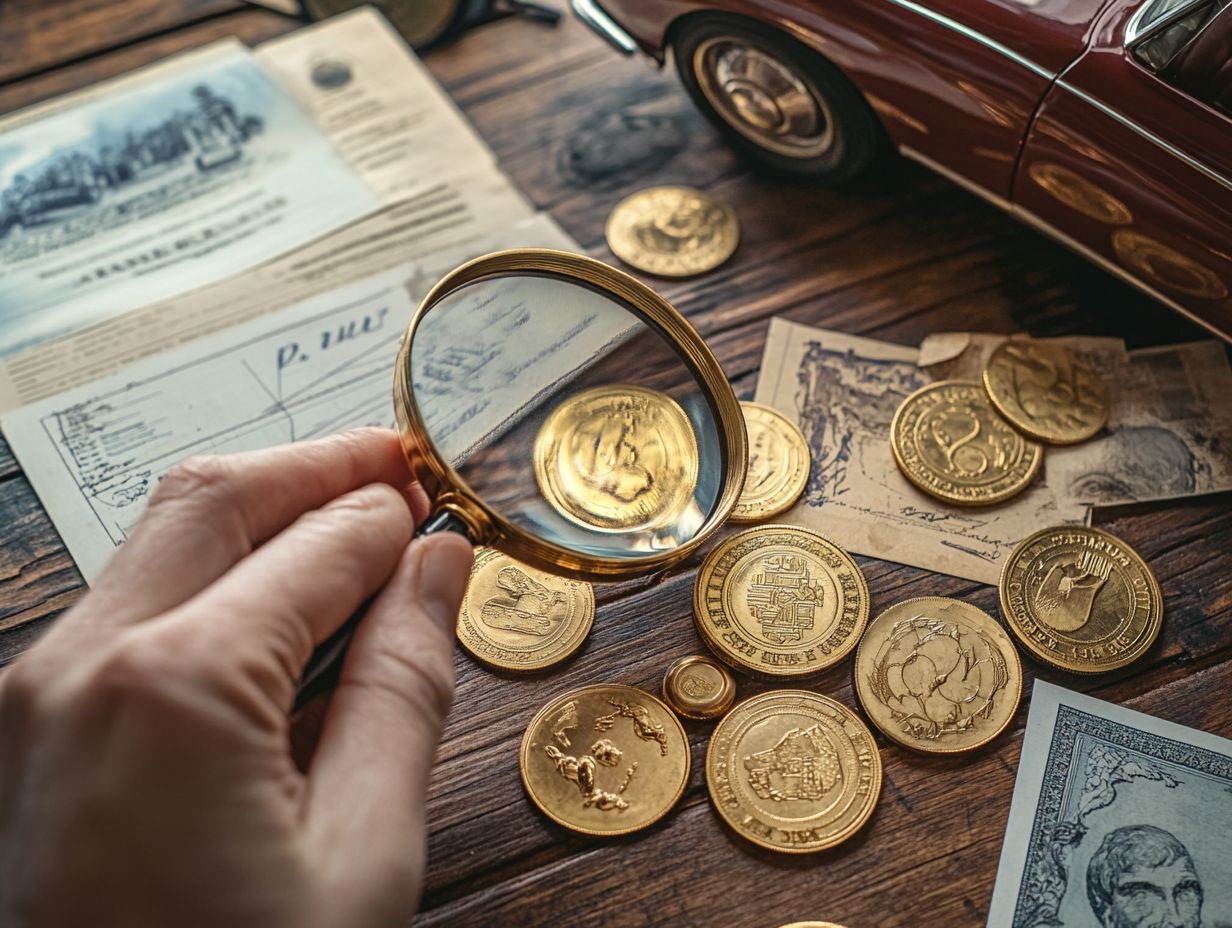
- Diversify your investment portfolio by including physical assets.
- Physical assets provide a tangible and secure investment option.
- Potential for higher returns in physical asset investing compared to traditional investments.
1. Diversification of Investment Portfolio
Diversifying your investment portfolio is a fundamental strategy in asset management. It maximizes value while minimizing the risks tied to market volatility. This approach allows you to harness the potential of a variety of assets think physical assets, cryptocurrencies, and digital representations of real assets that can be owned in small parts thereby enhancing your overall financial innovation.
By spreading your investments across different types of assets, like real estate and stocks, you can effectively reduce potential losses from downturns in any single market segment. For instance, physical assets such as real estate often provide a sense of stability, while cryptocurrencies can offer high growth potential, despite their higher volatility.
Digital ledger technology, which securely tracks transactions, presents unique advantages. It allows for fractional ownership and improves liquidity, ensuring transparency and security in transactions. This makes this technology a pivotal element in modern investment strategies.
A well-diversified portfolio not only acts as a safeguard against risks but also positions you to capitalize on emerging trends within the financial landscape.
2. Tangible and Secure Investment
Investing in tangible and secure assets like gold, real estate, and machinery provides you with a reliable method of preserving value. This allows you to enjoy the peace of mind that comes with ownership in an uncertain financial landscape.
These investments often act as a hedge against inflation, ensuring their value doesn t diminish over time. For example, real estate typically appreciates in value while also generating a steady income stream through rentals.
Gold has consistently held its value during economic downturns, serving as a safe haven when markets wobble. Machinery and equipment, in addition to being physical assets, also represent potential income generators for your business.
By diversifying your investment portfolio with these tangible assets, you not only bolster your security but also promote stability, offering reassurance during turbulent economic times.
3. Potential for Higher Returns
Investors often gravitate towards physical assets, attracted by their potential for higher returns compared to more traditional investments. By employing strategies like fractional ownership and real-time transactions, you can effectively optimize your investment management practices.
Focusing on tangible assets such as real estate, commercial properties, or collectibles allows you to capitalize on appreciation while enjoying those coveted passive income streams. Tracking asset performance becomes essential. Utilizing tools and analytics to monitor value fluctuations will help you optimize your returns.
Consider this: a savvy investor like yourself might diversify your portfolio by integrating both luxury real estate and agricultural land. This strategy can stabilize your income through rental yields and land appreciation. Successful tactics, such as crowdfunding real estate investments, have opened doors for small investors to access high-value markets, yielding impressive returns while minimizing individual risk.
4. Protection Against Inflation
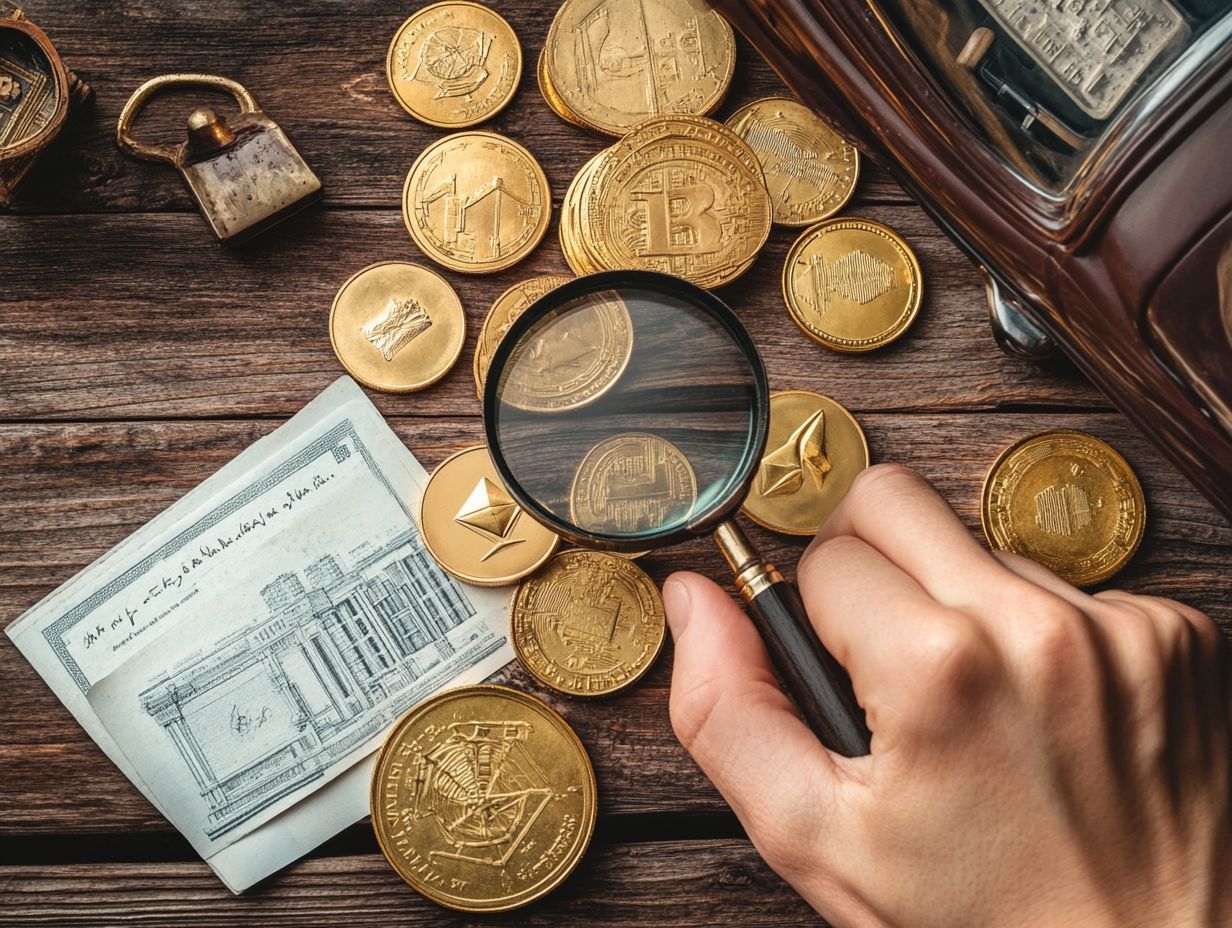
Investing in tangible assets like gold and real estate protects against inflation.
This strategy helps preserve your purchasing power and ensures the stability of your investments.
In times of high inflation, like the 1970s, gold and real estate have often outperformed stocks and bonds.
These assets show resilience against the negative impacts of rising prices.
Gold, often regarded as a safe haven, tends to experience price surges as investors seek refuge during economic instability.
Meanwhile, real estate appreciates in nominal terms and enhances its real value, offering both capital gains and rental income.
Tangible assets maintain their intrinsic value.
They are a strategic choice for anyone looking to mitigate risks tied to fluctuating currencies and market volatility.
5. Access to Alternative Investment Opportunities
Accessing alternative investment opportunities through tokenization and blockchain technology opens a world of possibilities.
These innovations offer liquidity options and enhanced asset management practices that were once out of reach.
As alternative investments gain traction, they enable a wider array of investors to engage in markets previously exclusive to the elite.
With blockchain technology, your transactions are recorded with transparency and security.
This significantly reduces risks and cuts out cumbersome intermediaries.
Tokenization transforms traditional asset classes into digital tokens that you can trade effortlessly across various platforms.
This shift lowers barriers and boosts liquidity, allowing you to buy and sell fractional ownership in assets like real estate and art.
This promotes diversification and the potential for higher returns, making investment more accessible to you.
What Is Physical Asset Investing and How Does It Work?
Investing in physical assets means acquiring tangible items like machinery, real estate, and vehicles.
You ll want to employ diverse asset management strategies to maximize their value.
These strategies also ensure compliance with relevant regulations and enhance operational capabilities.
Many investors look to physical assets to diversify their portfolios and shield against inflation.
These investments can yield substantial returns through appreciation and income generation.
This is particularly true in sectors like real estate, where rental income can bolster your overall earnings.
Effective asset management systems are essential for monitoring performance metrics, maintenance schedules, and market conditions.
They ensure your assets stay competitive and profitable.
Common physical assets, such as commercial properties or industrial equipment, strengthen your portfolio.
These assets also contribute to long-term wealth accumulation when managed strategically.
What Are the Different Types of Physical Assets?
Physical assets can be categorized into several types machinery, vehicles, real estate, and equipment.
Each type plays a distinct role in your investment portfolio and impacts how you manage asset lifecycles.
These tangible resources are crucial for operational efficiency and wealth building.
For instance, machinery in manufacturing enhances productivity and creates reliable income streams.
Vehicles are essential for logistics and transportation businesses.
Real estate provides shelter and can appreciate over time, serving as a robust hedge against inflation.
Each asset type is influenced by various factors, including market demand, technological advancements, and maintenance costs.
Understanding these elements is essential for optimizing your asset management strategy.
How Can One Get Started with Physical Asset Investing?
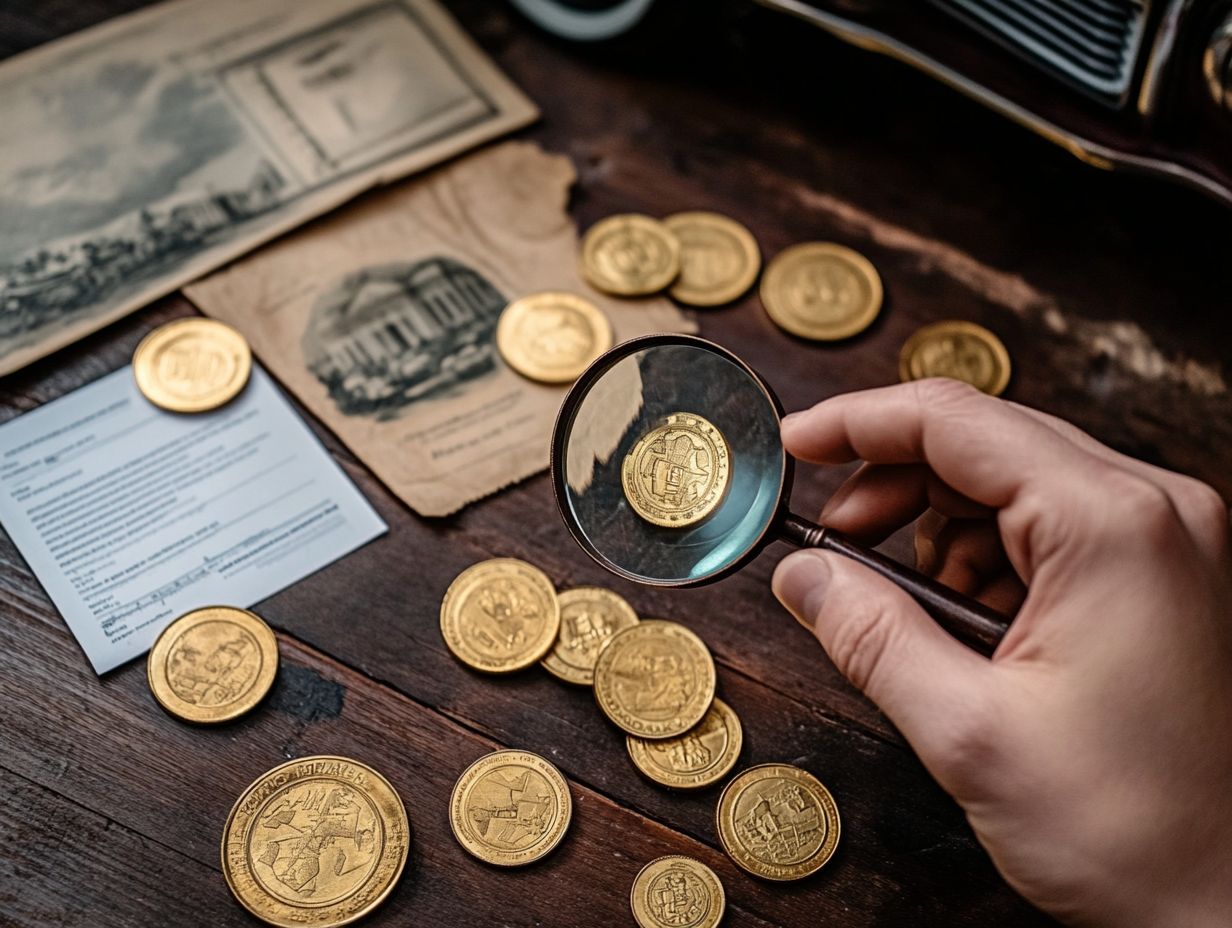
Getting started with physical asset investing requires a solid grasp of investment management fundamentals. You ll want to develop your knowledge through thorough employee training and implement effective inventory management practices to ensure successful acquisitions.
As you embark on this journey, it’s essential to commit to continual education. Delve into a variety of resources courses, books, and workshops that will enrich your understanding. This knowledge empowers you to spot great investment opportunities!
Familiarizing yourself with the legal compliance necessary for your investments is vital; it safeguards your interests and helps you steer clear of potential pitfalls. By establishing strong systems for asset tracking which means effectively monitoring your assets you ll be well-equipped to manage your investments, paving the way for long-term success and profitability.
What Are the Risks Involved in Physical Asset Investing?
Investing in physical assets comes with its own set of risks, including market fluctuations, maintenance costs, and legal compliance issues. It s essential to have a strong risk management strategy in place to protect your investments.
You should be mindful that unforeseen expenses, like equipment failures or regulatory changes, can complicate the ownership landscape. To navigate these challenges effectively, consider implementing regular audits. This approach provides you with a clear view of asset performance and helps identify potential issues before they escalate.
Prioritizing maintenance is another smart move; it can extend the life of your physical assets and minimize the chances of costly repairs. Staying informed about compliance measures ensures you meet all legal requirements, allowing for smoother operations and reducing the risk of penalties.
By adopting these strategies, you can cultivate a more resilient and profitable asset portfolio.
How Can a Diversified Physical Asset Portfolio Benefit an Investor?
A diversified physical asset portfolio can be a game changer for you. It significantly enhances asset utilization, improves operational efficiency, and weaves in sustainability practices that resonate with contemporary investment ideals.
By spreading your investments across various asset types think real estate, commodities, and infrastructure you can effectively minimize the risks tied to market volatility. For example, while real estate might face some downturns, assets like precious metals tend to serve as safe havens during economic upheaval. A recent study highlighted that portfolios blending real estate and commodities can reduce volatility by as much as 20%.
Investing in sustainable options like renewable energy projects not only aligns with ethical values but also offers impressive growth rates projected at 8-10% annually, further boosting your overall returns.
What Are the Long-Term Benefits of Physical Asset Investing?
The long-term benefits of investing in physical assets are impressive. They offer you asset longevity, stable income streams, and enhanced operational capabilities. These attributes contribute significantly to a well-rounded investment strategy.
As market fluctuations occur, these advantages become even more crucial, providing a solid hedge against volatility. When you properly maintain physical assets, they not only hold their value but can also appreciate over time, giving you a reliable source of returns.
By integrating these physical investments into a diversified portfolio, you can mitigate the risks associated with more volatile securities. Balancing physical assets with equities or bonds allows you to create a resilient financial foundation that can withstand the test of time, ensuring your long-term prosperity.
Frequently Asked Questions
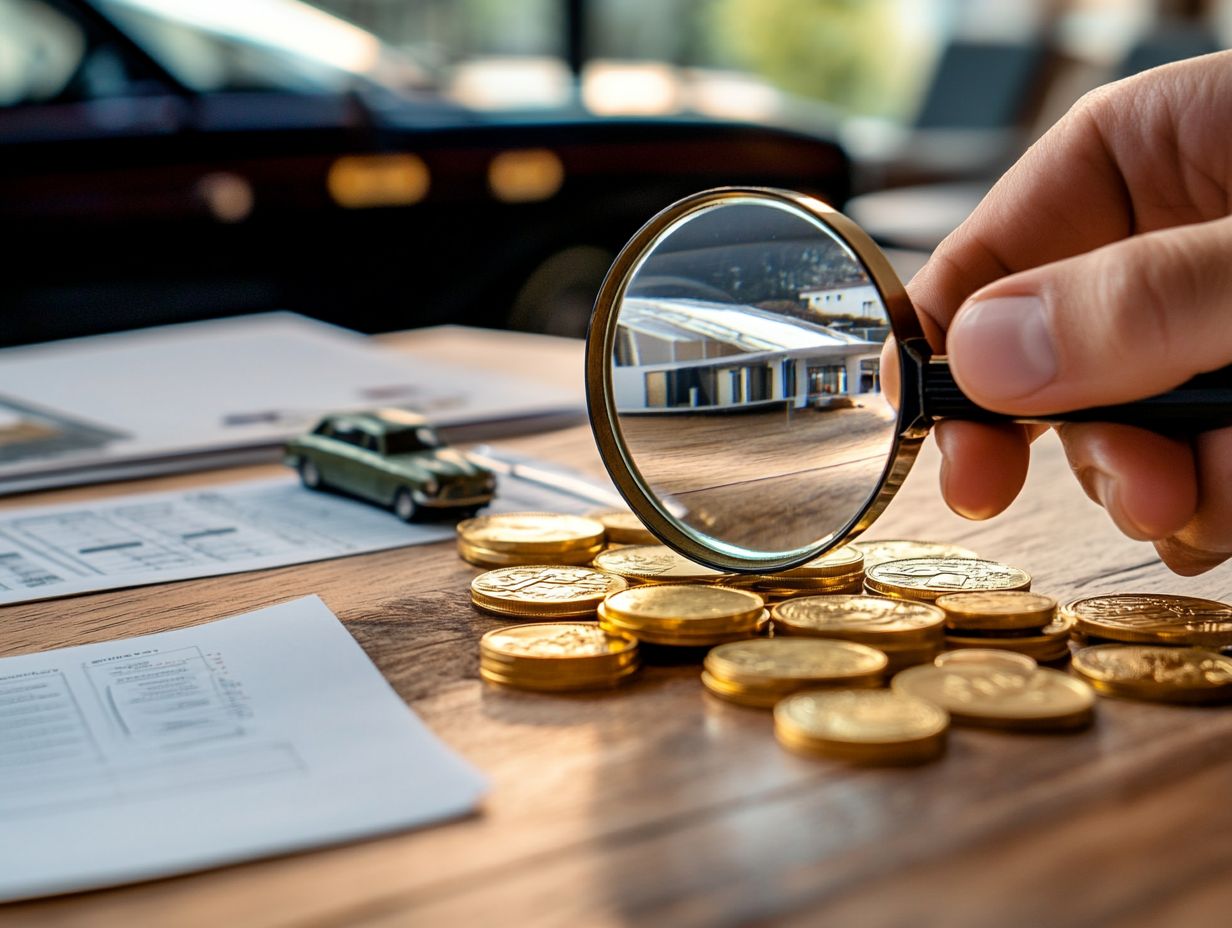
Don t wait to start your asset management journey knowledge is your best ally! Start your journey in physical asset investing today!
What is Physical Asset Investing?
Physical asset investing is about buying and owning tangible items. This includes real estate, precious metals, and collectibles to earn returns through appreciation or income.
Why Invest in Physical Assets?
Investing in physical assets offers many advantages. You can potentially earn higher returns, diversify your portfolio, and protect against inflation.
Top 5 Reasons to Invest in Physical Assets
- Potential for higher returns
- Diversification of your portfolio
- Protection against inflation and downturns
- Tangible, long-term assets
- Ability to generate passive income
How Does It Compare to Other Investments?
Unlike stocks or mutual funds, physical asset investing means owning real items. This approach is often a longer-term strategy with lower market fluctuations.
Examples of Physical Assets
You can invest in various physical assets, such as:
- Real estate
- Precious metals
- Art and antiques
- Collectibles
- Agricultural or energy resources
Is It Right for You?
Physical asset investing isn’t suitable for everyone. It often requires more initial capital and may be less liquid. Be sure to evaluate your financial goals before investing.
Explore the world of physical asset investing today and secure your financial future!













